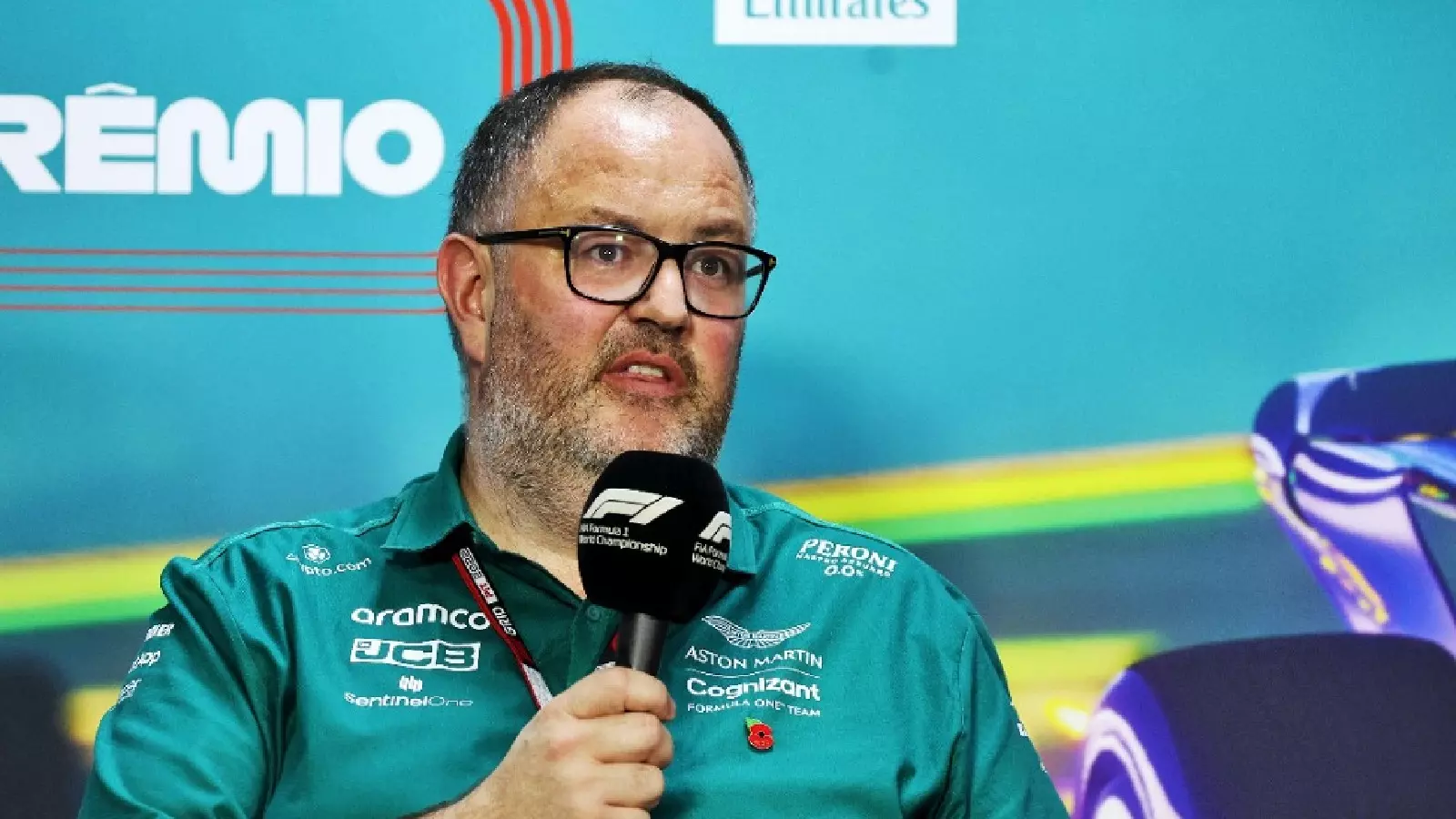The AMR23 saw a major upgrade in Montreal, contributing to Fernando Alonso’s second-place finish. However, challenges arose with limited on-track running during Free Practice 1, which hampered the team’s progress. The subsequent package in the Netherlands failed to recapture their early season success, resulting in a fifth-place finish in the final standings.
Performance Director Tom McCullough defended the decisions made regarding the upgrades, emphasizing the difference between real-life car performance and a wind tunnel simulation. McCullough acknowledged some revisions in hindsight, but highlighted the discrepancy between the media narrative and the actual impact of the upgrades.
“The actual car lives in a completely different world than the wind tunnel and CFD,” McCullough explained, revealing the team’s commitment to continuous development while acknowledging the inherent trade-offs involved. He expressed confidence in the team’s understanding of the different tracks and their ability to optimize the car’s configuration accordingly.
“As we have fallen down the rankings, the narrative has become more important than the reality. We have the knowledge and understanding of all the components, allowing us to tailor our approach to each track. The testing insights we have gained are pivotal in shaping the development of next year’s car,” McCullough emphasized.
With the conclusion of the 2023 Formula 1 season, teams and drivers enter a well-deserved rest period, in preparation for the 2024 season, which kicks off with official pre-season testing at the Bahrain International Circuit in Sakhir from February 23-25.
Aston Martin has managed to overcome the challenges that followed a ground upgrade in Canada, but remains optimistic, armed with valuable insights into the development of its 2024 competitor.
Read more: Red Bull’s dominance in Formula 1 in doubt: Christian Horner acknowledges challenges ahead (planetsport.com)












































